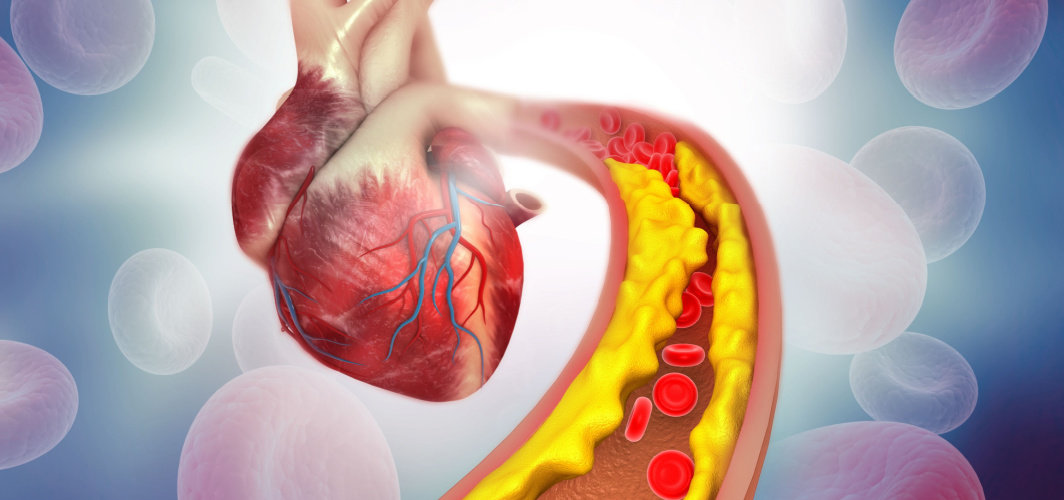- Home
- Blog
- General Health
Scrub Typhus: Cause, Symptoms, Treatment, Prevention
General Health
Scrub Typhus: Cause, Symptoms, Treatment, Prevention
By Apollo Pharmacy, Published on- 14 September 2023, Updated on -26 August 2024
Share this article
0
0 like

Scrub typhus is a bacterial infection that causes fever, headache, and sometimes rash. It is most commonly seen in rural areas of Southeast Asia, Indonesia, India, and northern Australia. Notably, if not treated early, it may lead to life-threatening complications. Let’s know more about this condition and the ways to prevent it. 
Scrub Typhus Cause
Scrub typhus, also known as bush typhus, is caused by a bacteria called Orientia tsutsugamushi, previously known as Rickettsia tsutsugamushi. It spreads to people through bites of infected larval mites, lice, or fleas. These are most commonly found on animals like mice, rats, cats, dogs, and squirrels.
Scrub Typhus Symptoms
Scrub typhus has an incubation period of 6 to 21 days, which means the symptoms may appear 6 days after you get bitten by the infected mite. Some of the common signs of scrub typhus include:
- High fever (can go upto 104° F) with chills
- Severe headache
- Body & muscle pain
- Development of a punched-out ulcer-like, dark scab (also known as eschar) at the site where the mite attached
- Enlarged lymph nodes (lymphadenopathy)
- Mental changes, ranging from confusion to coma
- Development of macular rash (flat but red-coloured) on the trunk during the 5th to 8th day of fever, which often extends to the arms & legs
- Cough during the 1st week of fever, which may progress to pneumonia by the 2nd week
If you’ve been experiencing any of the aforementioned symptoms, consult a doctor immediately.
Alarming Symptoms of Scrub Typhus
In severe cases, the affected person may experience:
- Increased pulse rate
- Drop in blood pressure (hypotension)
- Enlarged spleen
- Twitching of muscles
- Decreased responsiveness to external stimulus (stupor)
People with severe symptoms may develop organ failure and internal bleeding, which, if left untreated, can be fatal.
Scrub Typhus Treatment
Scrub typhus treatment involves the use of antibiotics, which prove extremely effective in treating the disease if given immediately (within 48 hours) after the symptoms start to appear. Antibiotics commonly used to treat scrub typhus include:
- Doxycycline: 200 mg/100 mg of doxycycline is used until the patient improves, has no fever for 48 hours, or has received treatment for at least 7 days.
- Azithromycin: 500 mg of Azithromycin for 5 days or more.
- Chloramphenicol: 500 mg of Chloramphenicol orally or through intravenous routes.
People with severe symptoms may require hospitalisation and further treatments to cure the symptoms.
Scrub Typhus Diagnosis
The doctors may take the medical history and travel history of the patient, followed by a physical examination. Scrub typhus tests that may help diagnose the disease include:
- Biopsy: Biopsy includes the removal of a tiny part of the infected portion to analyse the causative microorganism. In this case, a biopsy of the rash is done using fluorescent antibody stains to detect the bacteria.
- Serologic tests: Doctors may recommend some serologic tests such as enzyme-linked immunosorbent assay (ELISA), immunochromatographic test (ICT), Weil–Felix, polymerase chain reaction (PCR), immunofluorescence assay (IFA), and loop-mediated isothermal amplification (LAMP) to detect the underlying cause of the disease.
How to Prevent Scrub Typhus?
Since there is no vaccine to prevent scrub typhus, one can reduce the risk of infection by:
- Using insect repellent that contains DEET (diethyltoluamide).
- Spraying infested areas with insecticides.
- Cleaning mite populations using clearing brush and essentials.
- Applying 0.5% permethrin on clothes, boots, and gears as it kills the mites.
- Wearing long-sleeved shirts and trousers while going out.
- Taking regular showers and changing your clothes regularly.
Takeaway
Scrub typhus can initially look like any other bacterial infection, but if left untreated it may result in bleeding and organ failure. Therefore, it is necessary to consult a doctor as soon as you experience any of the aforementioned signs of the infection. You must also use preventive measures like using insect repellents or cleaning mite-infested areas to reduce the risk of scrub typhus.
Services
General Health
Frequently asked questions
People with severe disease are at risk of experiencing low BP, stupor, bleeding and even organ failure. Hence, it is necessary to consult a doctor, if you experience any symptoms of scrub typhus.
Scrub rash may look like a dark-coloured, scab-like rash, which may resemble a punched-out ulcer. The affected person may also have rashes on the rest of their body which starts from the trunk and later spreads to the arms and legs.
Anyone living close to areas with scrub vegetation such as forest areas, riverbanks, rain forests, or grassy areas is at high risk of getting scrub typhus. Also, people who get in contact with animals like mice, rabbits, cats, dogs and squirrels may also be at risk of developing the infection.
Scrub typhus cannot spread from person to person as it transmits through the bite of a mite infected with Orientia tsutsugamushi bacteria.
Leave Comment
Services
Recommended for you

General Health
Can Revital Really Help In Healthy Ageing?
Revital supports healthy ageing by providing essential vitamins and minerals that may be lacking in the diet. It enhances cognitive function, strengthens the immunity system and supports muscle health.

General Health
10 Effective Tips To Reduce Cholesterol
Discover 10 effective tips to lower cholesterol levels naturally. Follow this healthy advice to improve heart health and overall well-being.
.jpg?tr=q-85)
General Health
What Are the Treatments for a Blocked Nose?
Learn effective treatments for a blocked nose, including Otrivin nasal drops, home remedies, and medical options. Discover causes, symptoms, and when to see a doctor.
Subscribe
Sign up for our free Health Library Daily Newsletter
Get doctor-approved health tips, news, and more.

